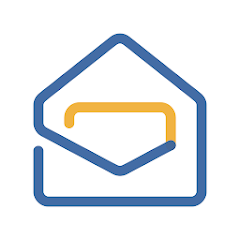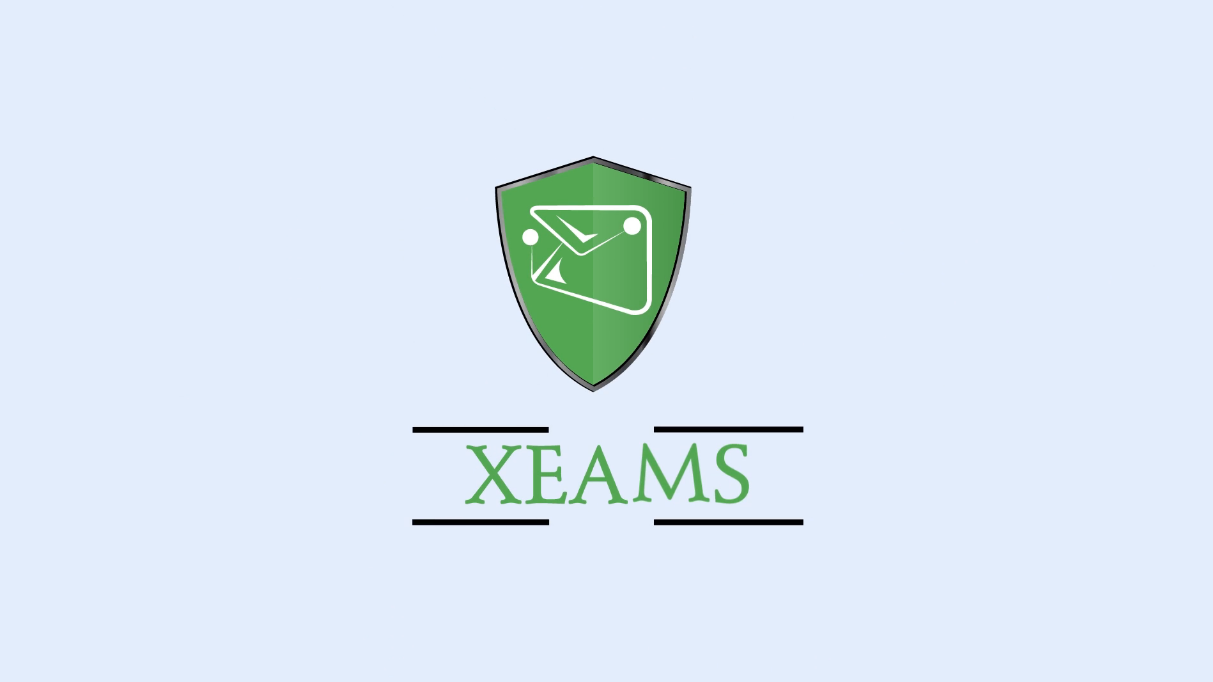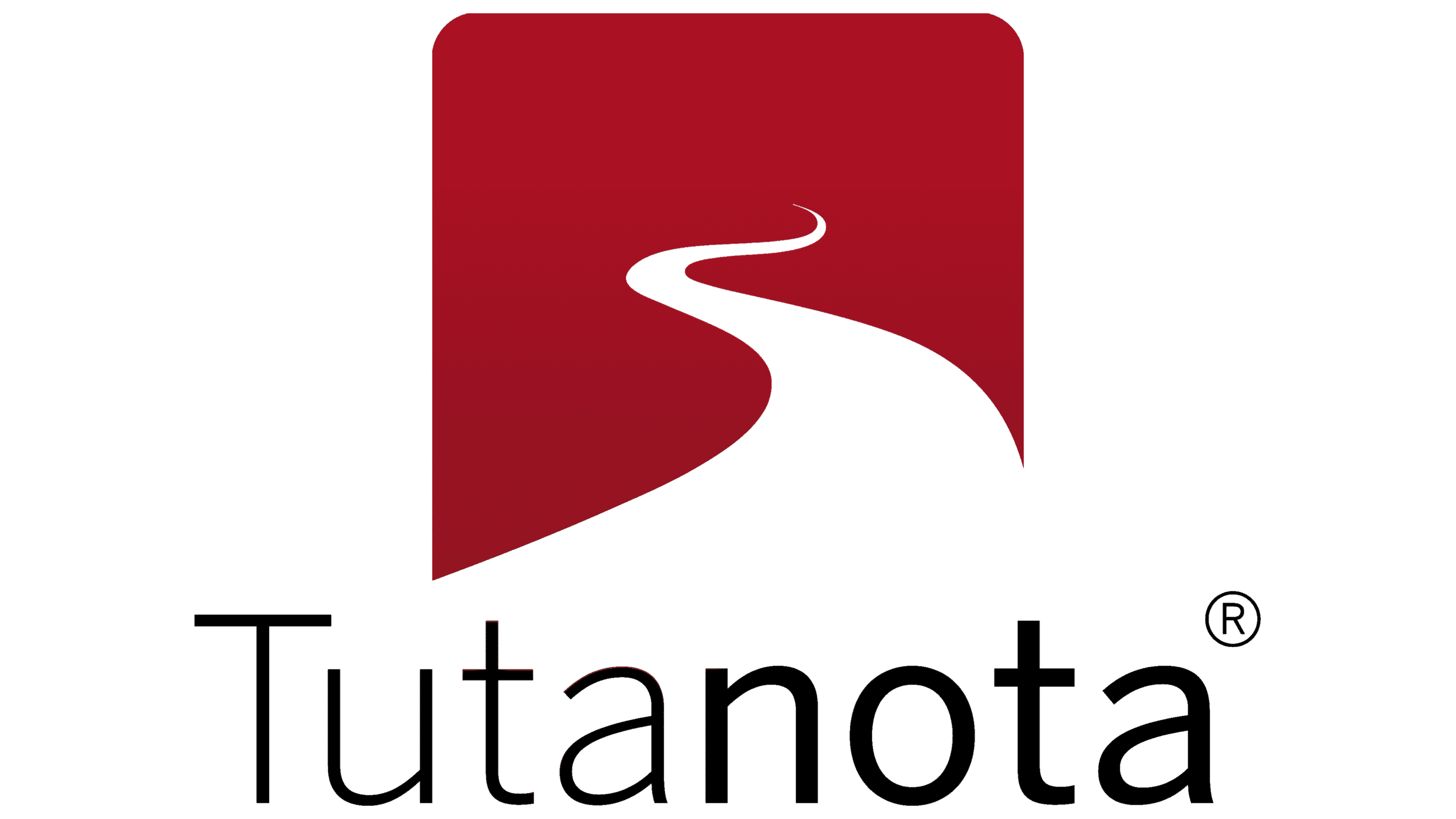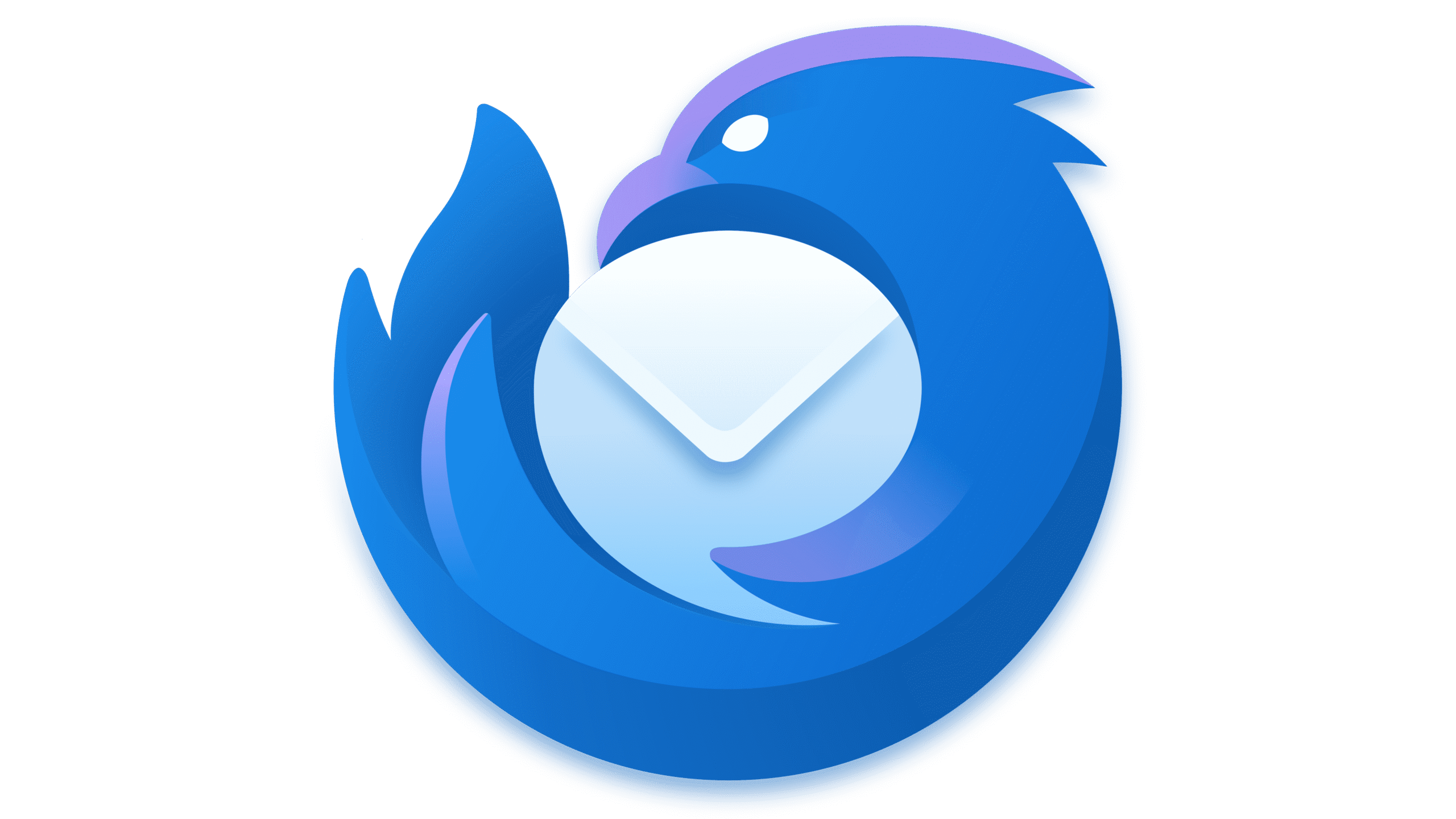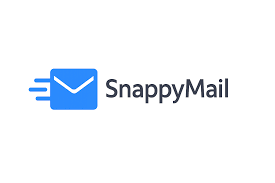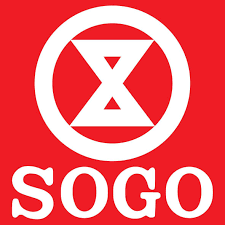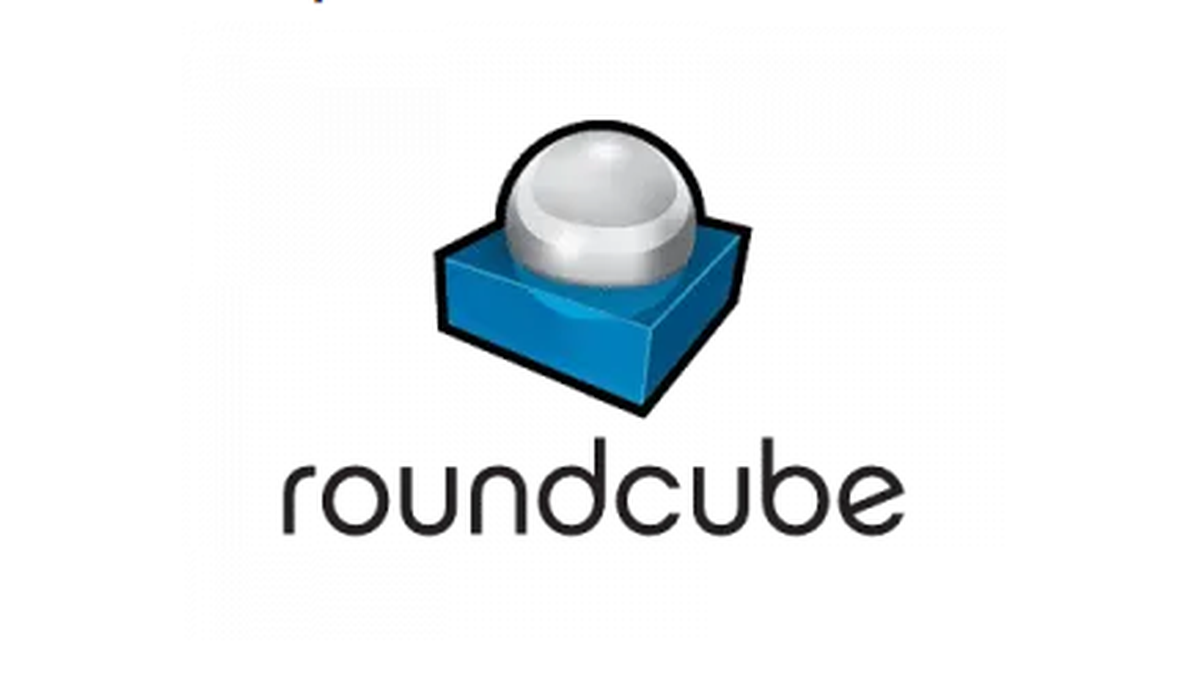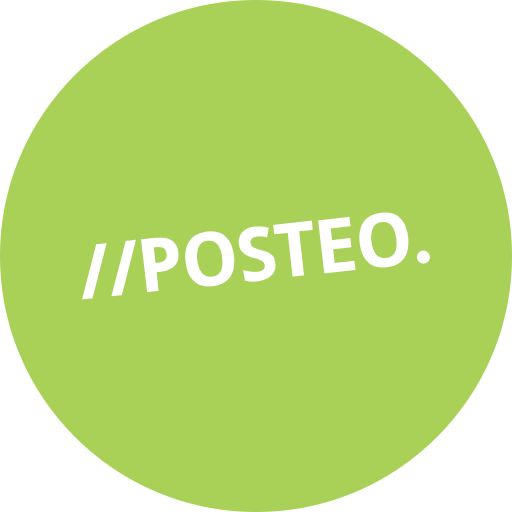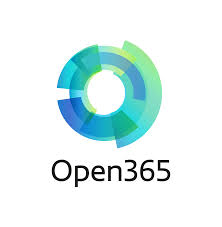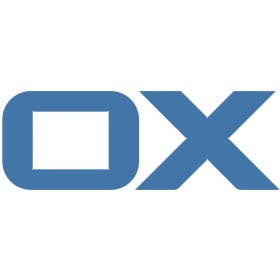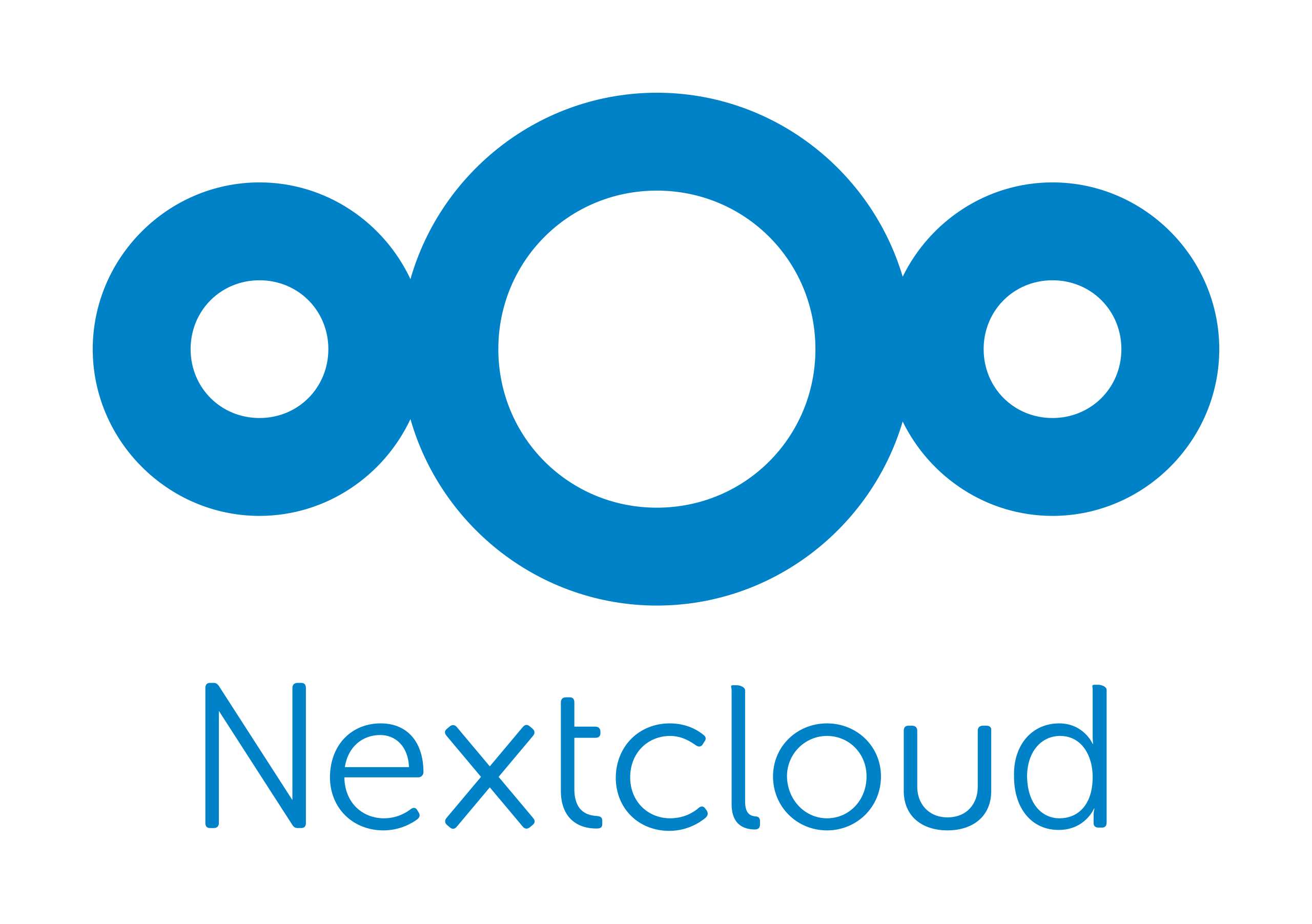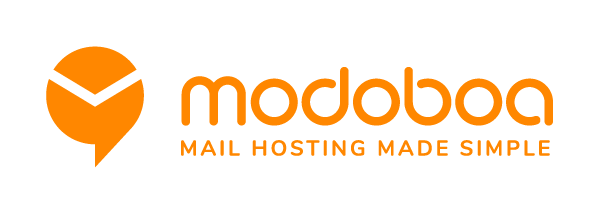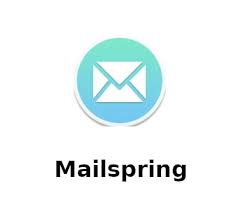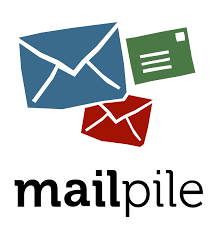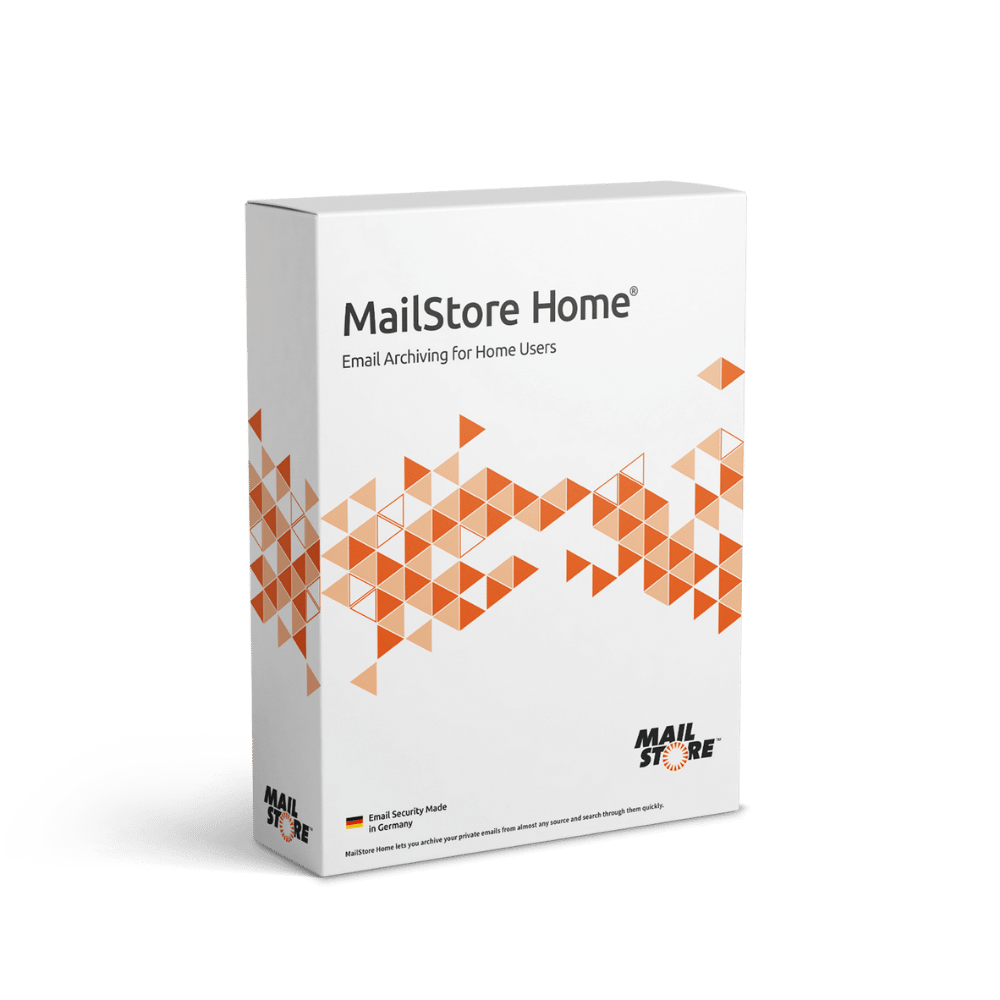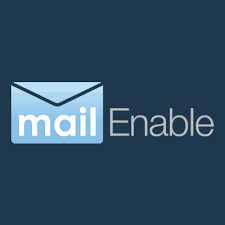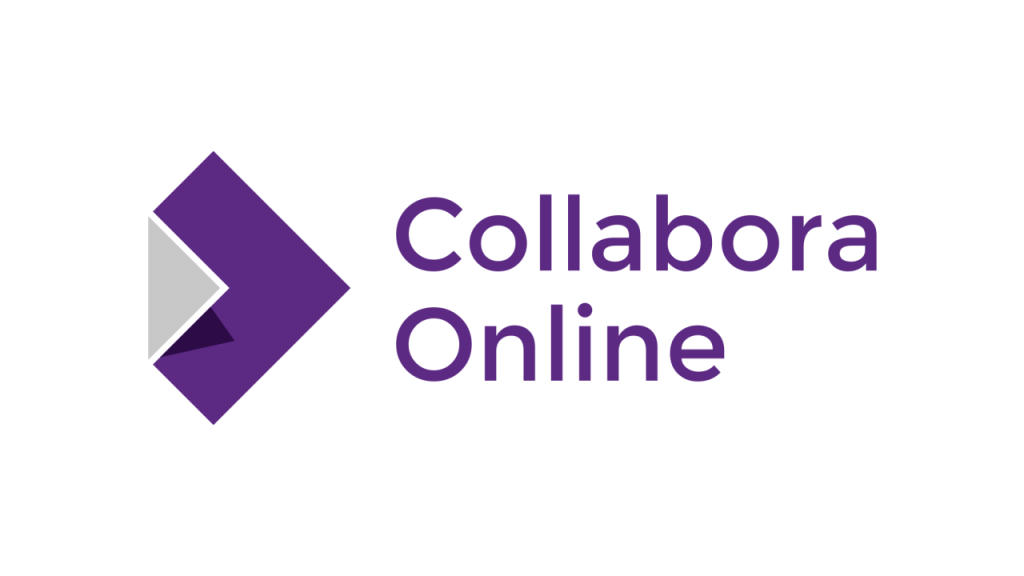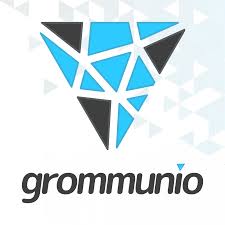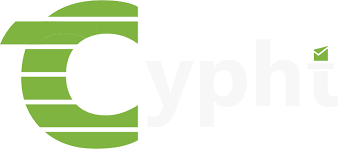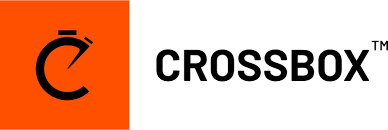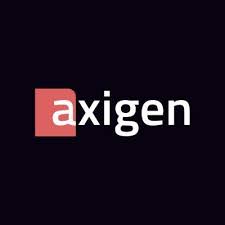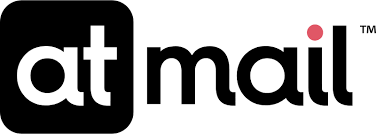Network Operations Suite – Monitor, Manage, and Secure Your Cloud Network
At cloudmailerpro.com you will find a curated catalog of free cloud and email tools, all gathered in one place. The collection includes SMTP clients, secure mail servers, email encryption utilities, cloud-based inbox management, and automation frameworks.
hMailServer — Lightweight Mail Server for Windows General Information hMailServer has long been a go-to mail server for Windows admins who don’t want the overhead of Microsoft Exchange. It’s free, open source, and delivers the essentials: SMTP, POP3, and IMAP. Nothing fancy, just a solid service that runs quietly once set up.
It’s often deployed in small offices, schools, or as a relay in labs. The attraction is obvious: a small footprint, no license costs, and a GUI admin console that feels fa
Zoho Mail Desktop — Native Client for Zoho Mail General Information Zoho Mail Desktop is the desktop companion to Zoho’s cloud mail service. It was built for one purpose — to give users the same look and feel as the web client, but with offline access and native notifications. It’s available for Windows, macOS, and Linux, and is often deployed in companies that already run Zoho Workplace.
Unlike using Outlook or Thunderbird, there’s no need to fight with IMAP settings or worry about features no
Zimbra OSE — Open Source Groupware Suite General Information Zimbra OSE (Open Source Edition) is the free community build of the Zimbra Collaboration Suite. It’s been around for years as one of the main self-hosted alternatives to Microsoft Exchange. Unlike basic webmail, it includes mail, shared calendars, contacts, and tasks — so it feels closer to groupware than just a mailbox.
A lot of schools, universities, and even municipalities in Europe have adopted it. The reason is simple: no licensi
Zarafa (Kopano) — Open Source Groupware and Collaboration Platform General Information Zarafa was originally launched in the mid-2000s as an open-source groupware server built around compatibility with Microsoft Outlook. Later the project evolved into Kopano, which extended the original mail and calendar features with chat, video meetings, and document collaboration.
It was widely adopted in Europe, especially by organizations looking for an Exchange alternative that could still keep Outlook as
Xeams — Spam Firewall and Mail Server in One Package General Information Xeams is a Java-based mail platform that can run in different roles. Some treat it purely as a spam firewall, sitting in front of Exchange or Postfix. Others use it as a full mail server with IMAP and SMTP. The idea is simple: one product that can be adjusted to fit what the site actually needs.
It’s not new in the market, but admins still bring it up when they want something flexible, cross-platform, and easy to manage th
Tutanota — End-to-End Encrypted Email Service General Information Tutanota is one of those projects that put privacy front and center. Based in Germany, it offers a mailbox where encryption is always on — not something users need to enable. Unlike many providers, even subject lines and contacts are encrypted. That detail alone made it stand out when it first appeared and it still does today.
It’s widely used by journalists, NGOs, and people who don’t trust the “free” webmail model. For admins,
Thunderbird — Open Source Desktop Mail Client General Information Thunderbird has been around since the early 2000s and is still one of the few open-source mail clients actively maintained. It came out of the Mozilla project and quickly became a favorite for people who didn’t want to lock themselves into Outlook. Over time it grew beyond basic mail — calendars, contacts, encryption, and a long list of add-ons make it a solid everyday tool.
What makes it appealing is its neutrality: it doesn’t p
SnappyMail — Fast and Lightweight Webmail Client General Information SnappyMail appeared as a fork of Rainloop when that project slowed down. Admins liked Rainloop’s simplicity but needed something leaner and better maintained, so SnappyMail filled that gap. It keeps the familiar interface but runs faster, consumes less memory, and gets updates on time.
It’s not trying to be a full groupware system. SnappyMail is just webmail — nothing more, nothing less. That’s why it’s often chosen by hosters
SOGo — Open Source Groupware with Outlook and Mobile Sync General Information SOGo has been around for years as one of the few open-source groupware servers that actually works well with Outlook and mobile devices. The aim isn’t to reinvent email but to provide the kind of shared calendars, address books, and tasks that most teams expect from Exchange — only without Microsoft licensing.
It’s a common pick in universities, public sector deployments, and companies that want something heavier than
Roundcube — Open Source Webmail Client General Information Roundcube has been the default webmail for many Linux hosting environments for more than a decade. It doesn’t try to compete with Gmail or Outlook.com — instead it gives IMAP mailboxes a clean, modern browser interface. It’s open source, PHP-based, and often bundled by default in hosting control panels like cPanel or Plesk.
For admins, it’s attractive because it just works: unzip, configure IMAP/SMTP, and users can check their mail from
Rainloop — Lightweight Webmail Client General Information Rainloop is a lightweight webmail client designed to provide IMAP/SMTP access through a clean browser interface. Unlike full collaboration suites, it doesn’t try to be everything at once — it just delivers webmail that’s fast, easy to deploy, and friendly for users.
It’s popular with admins who want a self-hosted alternative to Roundcube, or simply need a web interface for existing mail servers without the overhead of a large stack.
ProtonMail Bridge — Secure Gateway for Encrypted Email General Information ProtonMail Bridge is a desktop application created to link Proton Mail’s encrypted platform with common email clients. By default, Proton Mail keeps users inside its own web and mobile apps, but many professionals still prefer Outlook, Thunderbird, or Apple Mail. Bridge acts as the translator, handling encryption and decryption locally while exposing a standard IMAP/SMTP interface.
It’s mainly used by people who want Pro
Posteo — Privacy-Focused Email Service from Germany General Information Posteo is one of those providers that built its reputation not on features first, but on principles. Based in Germany, it runs on renewable energy, avoids advertising, and refuses to make money from user data. For many admins and users, that alone makes it stand out in a sea of “free but not really free” email services.
It’s especially popular with journalists, NGOs, and individuals who want a dependable mailbox without han
Piler Email Archiving — Open-Source Archival for Compliance and Retrieval General Information Piler is an open-source email archiving system designed for long-term storage, compliance, and quick search across huge mail volumes. Unlike traditional mail servers, it doesn’t handle live delivery — it sits on the side, capturing and indexing every message that flows through the organization. For IT teams, it solves the problem of regulatory retention, audit trails, and giving users a way to retrieve
Open365 — Open-Source Cloud Office and Collaboration Suite General Information Open365 was an attempt to bring together an entire office suite, email, storage, and collaboration into a single open-source package. It combined LibreOffice Online, KDE Kontact, and cloud storage to give users a self-hosted alternative to Google Workspace or Microsoft 365. For a while it drew a lot of attention because it promised a “drop-in” office and mail environment that could run on Linux servers without vendor
Open-Xchange (OX App Suite) — Modular Email and Collaboration Platform General Information Open-Xchange (OX App Suite) is a modular platform that combines email, calendars, contacts, and productivity apps under one roof. It’s widely used by service providers and enterprises that want to deliver a Gmail- or Outlook-style experience without handing everything over to Google or Microsoft.
Unlike smaller mail stacks, OX App Suite is designed from the ground up as a multi-tenant service. That’s why
Nextcloud — Self-Hosted File Sharing and Collaboration Platform General Information Nextcloud grew out of ownCloud back in 2016 and has since become the name most admins drop when someone asks for a private Dropbox or Google Drive alternative. It’s open source, Linux-based, and feels familiar enough for end users that adoption rarely causes friction. What makes it stand out is that storage stays under local control — in a datacenter rack, in a private cloud, or even on a small office server.
It
Modoboa — Open Source Mail Hosting and Management Platform General Information Modoboa sits in the category of tools that try to make email hosting less painful without hiding what’s really happening under the hood. At its core it’s just Postfix and Dovecot, but with an admin layer, webmail, calendars, and some reputation tooling glued together. The point is not to reinvent mail — it’s to run it with sane defaults and give admins a web console that covers the daily chores.
It appeals to small p
Mailu — Dockerized Mail Server Stack
General Information
Mailu is an open-source project that takes the usual complexity of setting up a mail server and packages it into Docker containers. Instead of installing Postfix, Dovecot, Rspamd, Roundcube, and all the extras separately, Mailu bundles them in a ready-to-run compose stack.
It’s aimed at admins who want to self-host mail but prefer a reproducible, container-based setup. That makes it popular for VPS deployments, labs, and small organizati
Mailspring — Cross-Platform Mail Client with a Clean Look
General Information
Mailspring grew out of the old Nylas Mail project after it was rewritten for speed and stability. Unlike heavy enterprise clients, it’s meant to be quick, minimal, and easy to run on Windows, macOS, or Linux.
The free edition covers the basics — multiple IMAP accounts, unified inbox, and fast local search. Some people move to it from Thunderbird because they want something lighter, others use it just to keep Gmail, O
Mailpile — Local Email Client with Built-In Encryption
General Information
Mailpile is an open-source project that tries to make encrypted email usable without plugins or external tools. It runs as a local web app: install it, launch, and a browser window becomes your mail client. Under the hood it’s built with Python, with GnuPG baked in for end-to-end encryption.
The project kicked off through crowdfunding around 2013 and attracted attention from privacy advocates. While it never aimed to re
Mailbird Lite — Simple Mail Client for Everyday Use
General Information
Mailbird Lite is the cut-down version of the Mailbird client. It’s Windows-only and was made for one thing: reading and sending mail without the weight of Outlook or the complexity of Thunderbird. The Lite edition sticks to the basics — multiple accounts, unified inbox, clean layout.
People usually pick it when they just want an app that opens fast, pulls in all their mail, and doesn’t get in the way.
How It Works
Setup i
MailStore Home — Personal Email Archiving
General Information
MailStore Home is a free Windows tool designed for one specific purpose: archiving email. Many users sit on years of old mail scattered across Outlook PSTs, Thunderbird profiles, or IMAP accounts. MailStore Home pulls all of that into a single searchable archive.
It’s aimed at individuals and power users, not companies. There’s no server role here — just a desktop app that gives people control over their mail history without relying
MailEnable — Mail Server for Windows Shops
General Information
MailEnable has been around for two decades and carved out a space as the go-to mail server for Windows admins who didn’t want to roll out full Microsoft Exchange. It installs quickly, runs as a native Windows service, and covers the basics: SMTP, POP, IMAP, and later ActiveSync for phones and Outlook.
Many small offices and service providers picked it up because it was easier and cheaper than Exchange, yet still familiar for Window
Atmail — Enterprise Email and Collaboration Platform
General Information
Atmail has been around long enough to feel familiar to most admins who’ve rotated through ISP or enterprise mail stacks. It started life as a clean webmail and gradually turned into a full messaging platform. The draw isn’t flash; it’s control. Teams deploy Atmail when they want modern webmail, mobile sync, calendars/contacts — and still keep data residency, compliance, and directory integration on their own terms. Cloud f
Kolab Groupware — Open-Source Collaboration with a Long Track Record
General Information
Kolab Groupware isn’t new — it’s been around since the early 2000s, first built under a government-funded project in Germany. The goal was clear: replace Microsoft Exchange with something based on open standards and under local control. Over time it grew into a full platform that mixes mail, calendars, contacts, and tasks, with a web client (Roundcube) on the front.
It found its strongest audience in schoo
IceWarp — All-in-One Mail and Collaboration Suite
General Information
IceWarp is a commercial groupware platform that started in the early 2000s as a mail server alternative and gradually grew into a full collaboration stack. Today it bundles email, calendars, chat, voice/video calls, and document editing under one roof.
Its main audience has always been companies that want Exchange-like features but prefer running on Windows or Linux with more flexible pricing. Many admins also pick IceWarp b
Horde Groupware — Classic Open-Source Collaboration Suite
General Information
Horde Groupware is one of the older names in the open-source collaboration world. It started in the early 2000s as part of the Horde PHP framework and grew into a full suite with mail, calendars, tasks, and notes. For a long time it was the default groupware stack in many universities and mid-size companies that needed something free and customizable.
It doesn’t try to look like a shiny SaaS product — the interface f
Grommunio — Open-Source Alternative to Microsoft Exchange
General Information
Grommunio is a relatively new name in the mail and collaboration space, but it has been getting attention fast. It’s positioned as a drop-in replacement for Microsoft Exchange and Outlook 365, but built on Linux and open-source components. The idea is simple: give enterprises email, calendars, contacts, tasks, chat, video meetings, and file sharing — all integrated, but without locking into Microsoft’s cloud.
A lot o
Fastmail — Independent Email Service with a Focus on Privacy
General Information
Fastmail is an email hosting service that’s been around since the late 1990s. Based in Australia, it carved out a niche by offering reliable, no-nonsense email at a time when many people relied on free but ad-driven platforms. Its reputation comes from speed, clean design, and a commitment to privacy — no tracking pixels, no selling user data.
A lot of IT admins recommend Fastmail for individuals, small businesses
EGroupware — Open-Source Groupware That Covers the Basics
General Information
EGroupware has been around for quite a while. It started as a PHP-based groupware project and slowly grew into a suite that does most of what a small office or NGO needs: email, calendars, contacts, tasks, and a bit of project tracking. It’s not flashy, but it works, and for teams that don’t want to live in Google Workspace or Microsoft 365, it offers a way to keep collaboration on their own server.
Admins like it be
Cypht — Lightweight Modular Webmail
General Information
Cypht is an open-source webmail project that takes a different approach than most mail clients. Instead of trying to be a full collaboration suite, it’s a modular aggregator. With Cypht, users don’t just read one inbox — they can plug in multiple IMAP accounts, Gmail, Outlook.com, even RSS feeds, and view everything through a single interface.
It appeals to admins and power users who want a lightweight web client that’s easy to host and d
CryptPad — Private Collaboration in the Browser
General Information
CryptPad looks like just another online office suite at first glance, but it works very differently under the hood. It was designed by a small European team with one clear rule: nobody except the people in the document should ever see its content. That means not the host, not the provider, not even an admin with root access. Everything happens in the browser, and what ends up on the server is just encrypted blobs.
Because of t
Crossbox — Webmail That Feels Like a Modern App
General Information
Crossbox is one of those projects built to make webmail look and behave like the apps people already use every day. Instead of a plain inbox, it pulls together email, calendars, contacts, chat, file sharing, and even video calls into a single interface. Hosting companies picked it up early because it gave them a way to offer Gmail-like features but under their own brand and on their own servers. Enterprises later followed for t
Axigen — Mail Server with Calendars and Contacts Built In
General Information
Axigen isn’t new on the scene — it has been around since the mid-2000s and still shows up when companies want something heavier than Postfix but lighter than Exchange. It runs on Linux, bundles its own mail engine, and adds groupware on top: calendars, contacts, shared tasks. For admins, the attraction is that it comes in one piece — no stitching together half a dozen open-source tools.
A lot of service providers and
Atmail — Enterprise Email and Collaboration Platform
General Information
Atmail has been around long enough to feel familiar to most admins who’ve rotated through ISP or enterprise mail stacks. It started life as a clean webmail and gradually turned into a full messaging platform. The draw isn’t flash; it’s control. Teams deploy Atmail when they want modern webmail, mobile sync, calendars/contacts — and still keep data residency, compliance, and directory integration on their own terms. Cloud f


